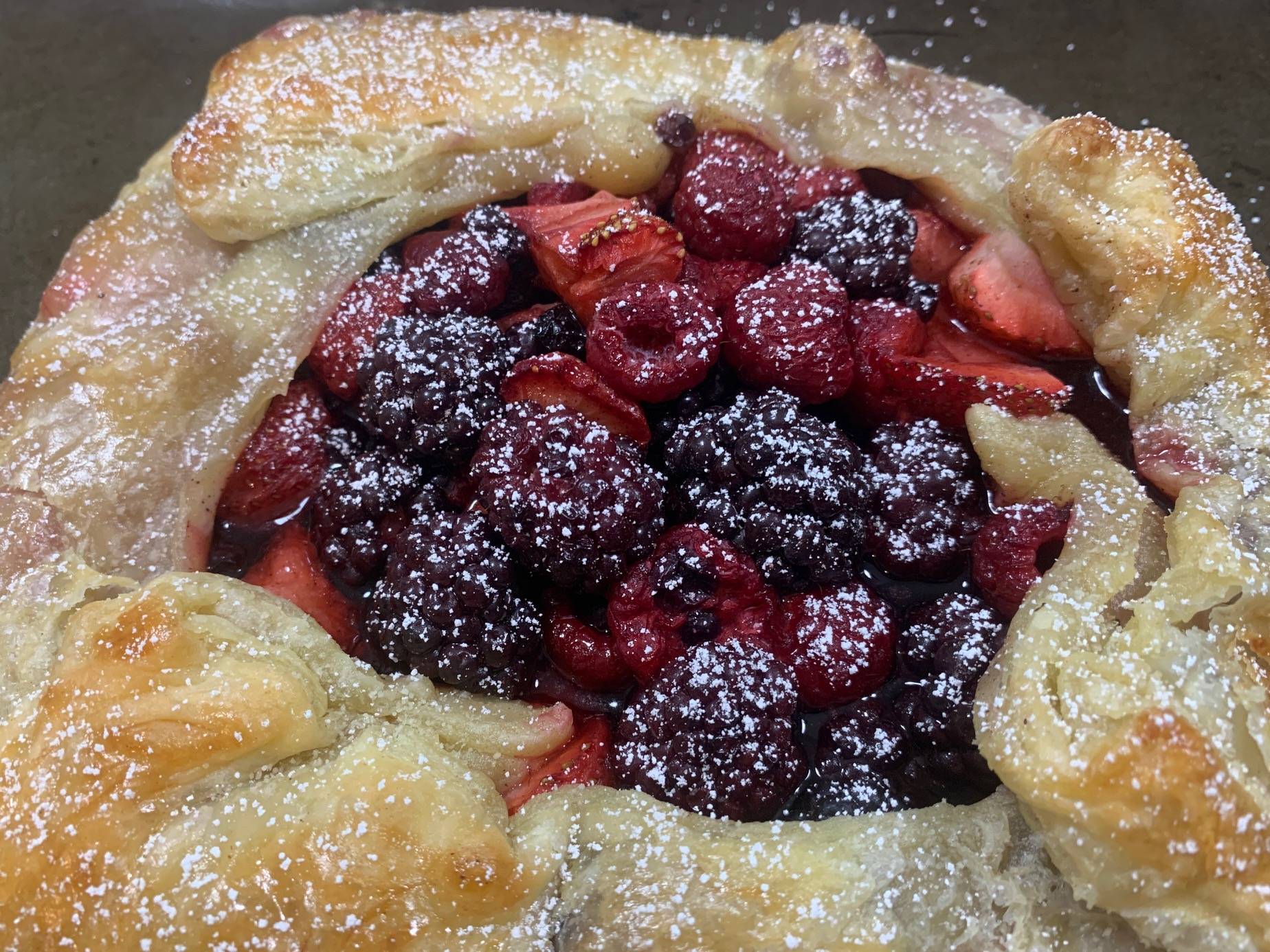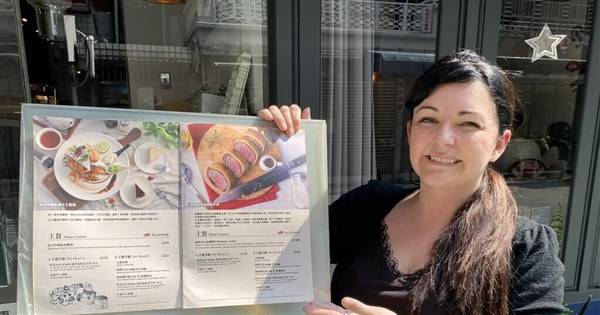Over the previous few weeks I’ve been utilizing GPT-4 to assist me cook dinner. Want an alternative choice to an ingredient you forgot to purchase? GPT can counsel an alternate. Time to filter out the cabinets? Merely kind: “Please create a recipe utilizing two eggs, a jar of borlotti beans, a potato, a leek, and the scrapings on the underside of a jar of pickle.” I’m at all times well mannered, and so is GPT. It thinks for a second – then whips up the directions for an uncommon however edible hash and even needs me bon appétit. However that’s not all it may do.
On a current journey to Venice, I needed to know what kind of fish I ought to eat. “One of many native speciality fish is the branzino, or European sea bass,” GPT defined, with out mocking my ignorance. And far as picture era fashions reminiscent of Steady Diffusion and Midjourney can imitate in style artists, you possibly can enter well-known cooks to affect the outcomes. Once I requested for “beans on toast within the type of Yotam Ottolenghi”, for example, I acquired a recipe for “spiced beans on sourdough toast” which included cumin, za’atar and greek yoghurt, amongst about 12 different parts. The sensation of studying the lengthy listing of substances earlier than realising I didn’t have the power was nearly like-for-like.
However, when requested for an easier model of the recipe, GPT offered. It gave me options within the type of Jamie Oliver (grated cheddar cheese), Martha Stewart (navy beans and rooster inventory), and Salt Bae (garlic, sumac, and pink pepper flakes). The outcomes aren’t at all times revolutionary. This turned clear when YouTube chef Joshua Weissman challenged GPT to a cook-off. His blindfolded style testers discovered the formulaic recipes for burgers, fried rooster and chocolate-chip cookies didn’t practically match Weissman’s – although I might argue that the formulaic selection of dish was a part of the issue too, one which AI could effectively assist us overcome.
There are, after all, loads of points with AI fashions. The New York Occasions’ meals workers reporter Priya Krishna complained the output was too “white and western”. There was the current controversy attributable to a chatbot designed for consuming problems that started providing weight reduction recommendation. There’s no assure the machine received’t hallucinate one thing you’re allergic to right into a recipe, and with out expert prompting, the meals could also be painfully bland.
But the convergence of cooking and computation makes a number of sense. Recipes are algorithms, in spite of everything. They’re variable directions meant to unravel an issue (what ought to I cook dinner and the way?) full with “if-then” statements that make room for the substances, expertise and preferences at hand (for example, “For those who don’t like spicy meals, miss the chilli”).
Finnish engineer Sami Matilainen captures the complexity of meals preparation in Flowchart Recipes, a guide of Nordic classics “visualised utilizing flowcharts for higher readability/understanding and usefulness than what you get from a historically formatted cookbook”. The recipes there resemble a program. Drawing the comparability much more actually, the esoteric programming language Chef, by Australian cartoonist-physicist David Morgan-Mar, makes use of a syntax derived from cookery to make laptop applications.
As a substitute of asking GPT to supply a model of dishes I’d be cooking anyway, I made a decision to strive for one thing new. Two of my favorite cuisines are Iranian and Sichuan Chinese language. Once I requested the GPT to fuse the 2, I used to be first supplied “kung pao jeweled rice”, which appeared fairly lame, two classics aspect by aspect on the identical plate. Once I requested it to strive once more, nevertheless, it prompt “mapo bademjan” – a mixture of spicy mapo tofu and hearty khoresh bademjan. The consequence was a form of lasagne during which the simmering, tongue-numbing Chinese language sauce was layered between the khoresh’s fried aubergines. It was scorching and slimy however boasted a little bit vegetal density that the mapo couldn’t in any other case present.
I often is the first individual ever to have cooked this dish – however the recipe now lives on OpenAI’s servers, and I’ve little question a platform will spring into existence to report AI-human collaborations sooner or later. Most recipes now not exist. Both they’ve been forgotten, or extra probably, have been by no means written down to start with. When we’ve giant language fashions that may report and recall info put in in our houses, there might be ample alternative for all of the accidents, experiments, household recipes and tips to endure and thrive.
The custom of written recipes started about 4,000 years in the past, when Mesopotamians started stamping easy lists of substances on clay tablets, every preceded by the phrase “take” (later translated into the Latin, recipe). By the late center ages, not a lot had modified. It was nonetheless assumed that whoever picked up such an inventory would know what to do with it. By the 18th century, nevertheless, with the falling value of printing and the rise of common measurements, dwelling economics books proliferated, filled with elaborate recipes accompanied by detailed directions.
Synthetic intelligence makes cooking an oral custom as soon as extra, creating house for adjectives – “meaty”, “chewy”, “sticky” – and extra nuanced responses to meals that go far past right now’s bratty feedback and star scores. It may possibly convert imperial to metric, or remind you ways scorching pork loin should be earlier than it’s served, however it may go additional. My colleague Andrea Provenzano, with whom I run the meals analysis platform Black Almanac, famous how his Italian mom tracked the progress of her apple pies by the point it takes for its scent to fill the home – a measure that resists normal measurement, however nonetheless labored very effectively.
I hope that is the form of personalisation and element that AI can reintroduce as cookbooks that consistently refresh and study. Maybe we’re about to redefine totally what it means to cook dinner, working in a kitchen that listens, logging all of the tweaks, experiments, fusions and improvisations in order that others can entry them – increasing the scope of culinary expertise from the underside up.

